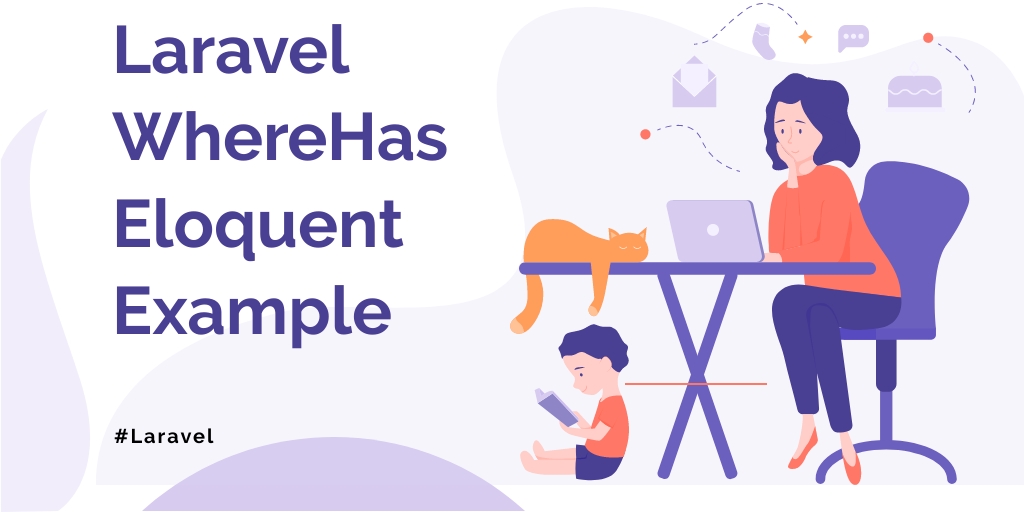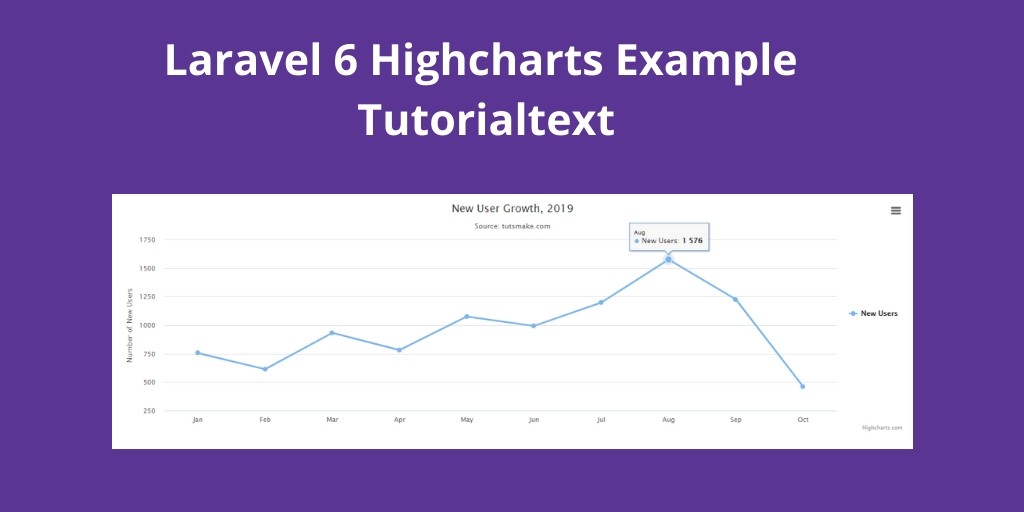Laravel whereHas() eloquent method. In this tutorial, you will learn about laravel eloquent whereHas() with example. But first of all, you need to know about has() and with() eloquent method.
Sometime, Laravel eloquent has, with and whereHas methods are very confusing for programmers. Now let’s take look at examples for better understanding of this methods.
First of all you know about the laravel with() method,:
With
Laravel with() eloquent method is for eager loading. That basically means, along the main model, Laravel will preload the relationship(s) you specify. This is especially helpful if you have a collection of models and you want to load a relation for all of them. Because with eager loading you run only one additional DB query instead of one for every model in the collection.
Example:
User > hasMany > Post
$users = User::with('posts')->get();
foreach($users as $user){
$users->posts; // posts is already loaded and no additional DB query is run
}
Has
Laravel eloquent has() method is used to filter the selecting model based on the selected relationship. It works similarly to where method for relations.
If you just use has(‘relation’) that means you only want to get the models that have at least one related model in this relation.
Example:
User > hasMany > Post
$users = User::has('posts')->get();
// only users that have at least one post are contained in the collection
WhereHas
Laravel eloquent whereHas() method works basically the same as has() but it just allows you to specify additional filters for the related model to check.
Example:
User > hasMany > Post
$users = User::whereHas('posts', function($q){
$q->where('created_at', '>=', '2020-01-01 00:00:00');
})->get();
// only users that have posts from 2020 on forward are returned




